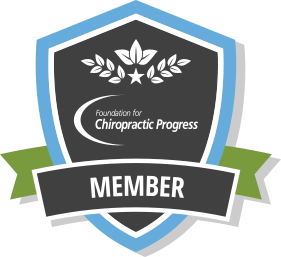
How a
person physically presents themself in an upright standing position is considered
the base from which an individual moves and reflects the alignment of the body.
Posture provides the foundation from which the arms and legs function. As with
any structure, a weak foundation leads to secondary problems elsewhere in the
system. For example, if the foundation of your house has shifted it will not
become noticeable until cracks appear in the walls or problems occur at the
roof.
One of
the functional methods utilized by the doctors at
Life in Motion Chiropractic and Wellness is a postural
assessment which helps to identify muscle imbalances. Postural assessment is
an excellent evaluation tool that can help to clarify a person’s musculoskeletal
complaint(s) and assists with the development of a treatment plan that will
address the causative factors of the complaint rather than simply treating the symptoms.
As
with the house example mentioned earlier, it is easy to add a bit more plaster to
a crack in the wall, sand it out, and paint over it. However, if the weakened and
shifted foundation of the house is left as is, the visible cracks in the wall will
return, or perhaps become larger and be accompanied by problems with the
ceiling. Eventually simply patching the structure will no longer work and will
lead to an overall renovation or quite possibly reconstruction. The same is
true within the body.
Treating
musculoskeletal symptoms with over the counter or prescription medications,
modification of activities, or simply pushing through the pain, all lead to
further dysfunction and cumulative layers of structural and neuromuscular
adaptations. By identifying the causative factors of the inflammation,
discomfort, or poor performance, our chiropractors
can implement the most effective intervention to assist you in alleviating the dysfunction
and provide the pain-free functional outcomes you are trying to achieve.
To
learn more about how our Doctors of Chiropractic can assist you, visit us at www.LifeInMotionChiro.com.









